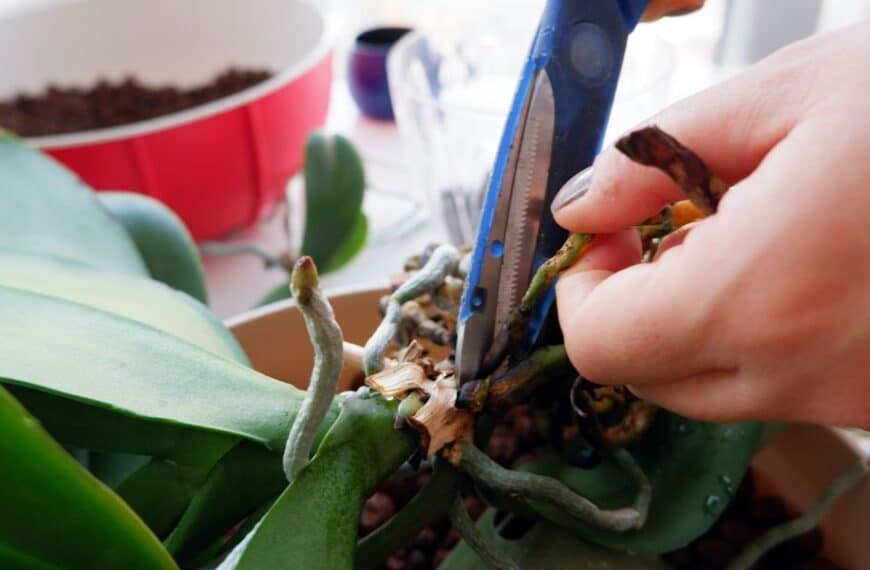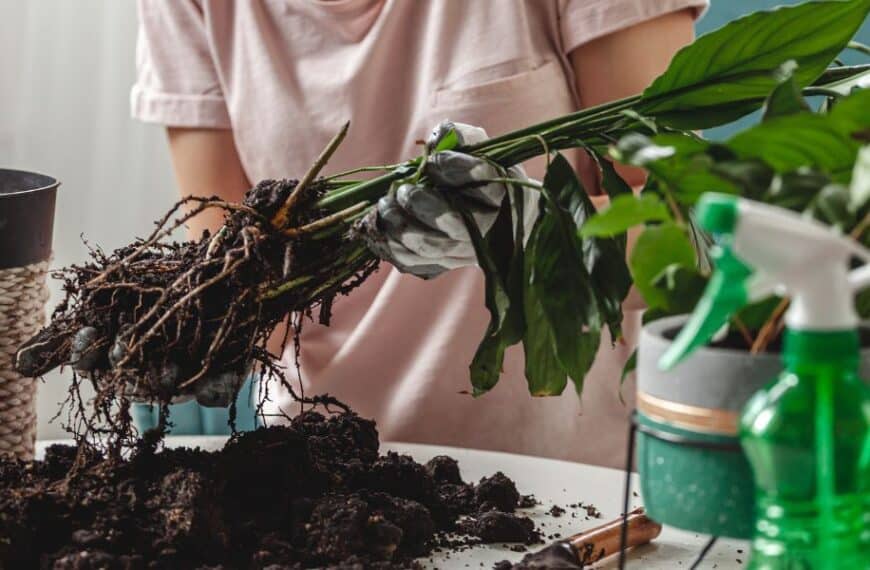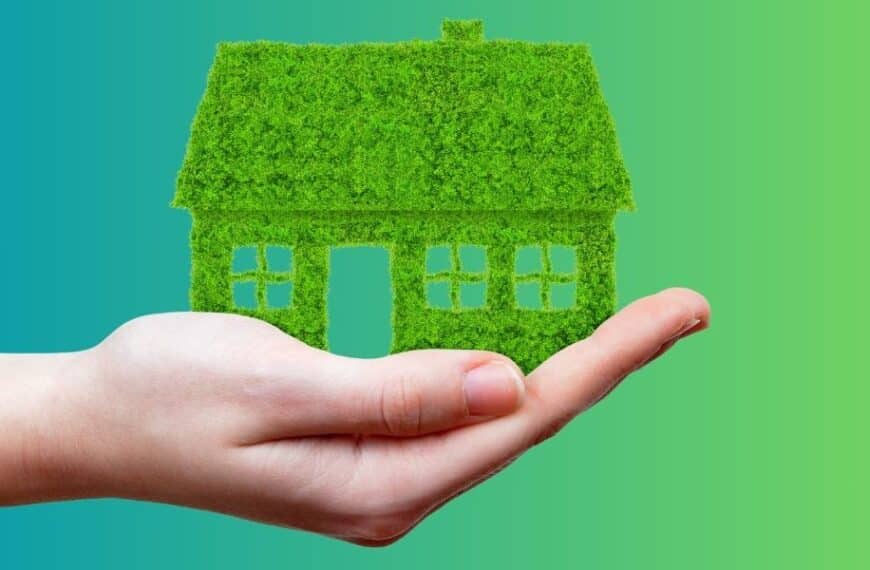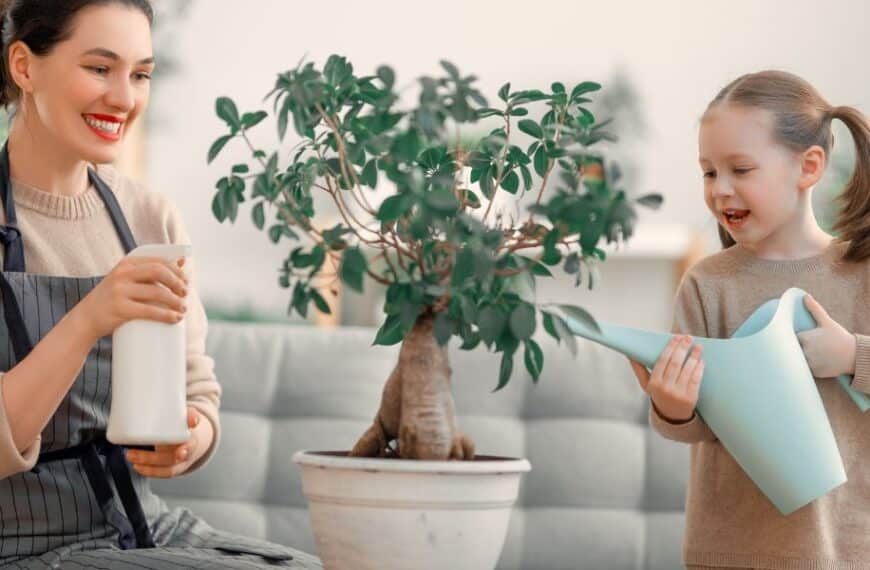Content
Indoor plants are a great way to add life and color to your home. They can purify the air, reduce stress, and even boost your mood. However, maintaining indoor plants is not always a walk in the park.
One common problem that many plant owners face is the blackening of their plant’s leaves. This can be alarming, especially if you don’t know what’s causing it or how to fix it.
But fear not! This guide will help you understand why this happens and provide practical solutions to get your green friends back in shape.
Understanding the Blackening of Leaves
The Role of Overwatering
One of the most common reasons for indoor plant leaves turning black is overwatering.
Plants need water to survive, but too much of it can be harmful. Overwatering can lead to root rot, which in turn causes the leaves to turn black and wilt.
If you notice that your plant’s soil is constantly soggy and its leaves are turning black, you might be overwatering it.
Effects of Poor Lighting
Another common cause of black leaves is poor lighting. All plants need light to photosynthesize and produce food. However, some plants require less light than others.
If a plant that prefers low light is placed in direct sunlight, its leaves may burn and turn black.
Combatting Pests and Diseases
Identifying Common Pests
Pests are another reason why indoor plant leaves may turn black.
Common pests such as spider mites, aphids, and scale insects can cause significant damage to your plants. These pests feed on the sap of plants, causing the leaves to discolor and eventually turn black.
Fighting Fungal Diseases
Fungal diseases can also cause black spots on indoor plant leaves. These diseases often occur in humid conditions and can spread quickly from one plant to another.
If left untreated, a fungal disease can cause the leaves to turn black and fall off.
Practical Solutions for Healthy Plants
Proper Watering Techniques
To prevent overwatering, make sure you understand the watering needs of your specific plant.
Some plants prefer their soil to dry out completely between waterings, while others prefer consistently moist soil.
A good rule of thumb is to stick your finger about an inch into the soil. If it feels dry, it’s time to water your plant.
Optimizing Light Exposure
Ensure your plants are getting the right amount of light.
If a plant’s leaves are turning black due to too much sunlight, move it to a location with less direct light.
Conversely, if a plant isn’t getting enough light, try moving it closer to a window or supplementing with a grow light.
Pest Control and Disease Prevention
Regularly inspect your plants for signs of pests or disease. If you spot any pests, remove them manually or use an insecticidal soap.
To prevent fungal diseases, avoid overwatering and ensure your plants have good air circulation.
Remember, every plant is unique and may require different care. By understanding the causes of black leaves and implementing these solutions, you can keep your indoor plants healthy and vibrant.








